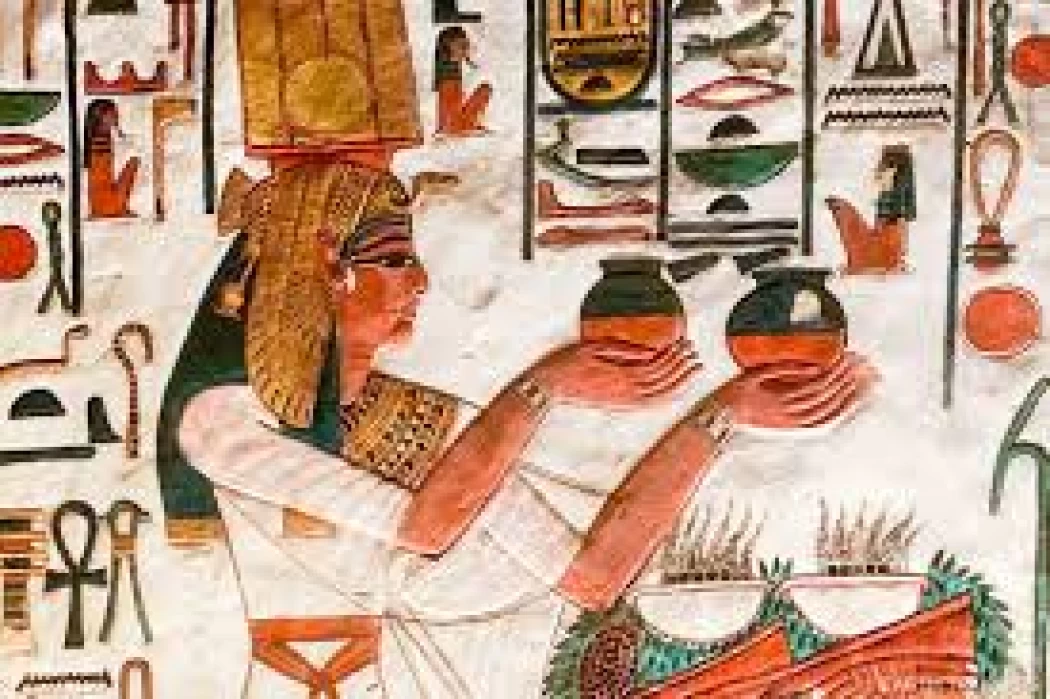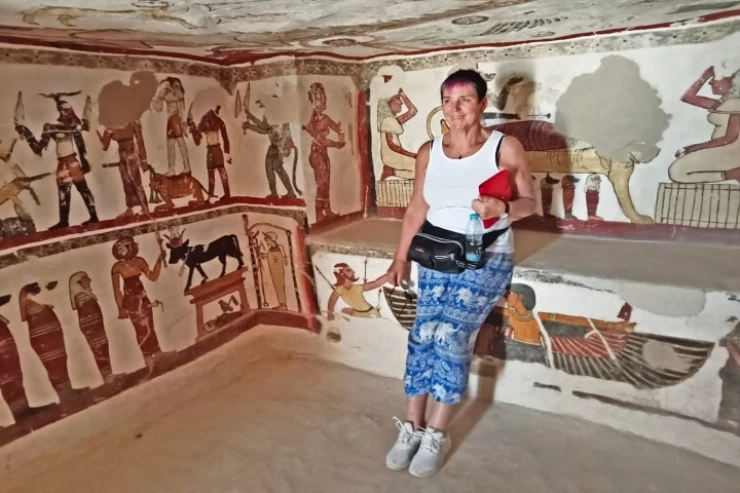
Queen Nefertari
Although scholars couldn't find enough information about Nefertari's family, she might have carried noble blood as she had noble characteristics like reading, writing, and negotiation skills.
Reading and Writing Hieroglyphs, knowing the basics of sending letters and messages, and managing successful diplomatic negotiations, Nefertari played a vital role in her husband King Ramses II's diplomatic policy.
King Ramses II showed great love and appreciation towards Queen Nefertari through several paintings, statues, and temples that he constructed for her. The small temple of Abu Simbel was dedicated to Queen Nefertari and goddess Hathor. It was the first time a temple was constructed for a queen in the history of Ancient Egypt.
The statues of Nefertari were always placed beside King Ramses II's statues, as she was his main royal queen and the closest one to his heart. Queen Nefertari has many titles such as Lady of the Two Lands, Great Royal Wife, and Mistress of Upper and Lower Egypt, Nefertari's tomb is considered one of the largest tombs found in the Valley of Queens.
Known as the most beautiful queen on Earth in Ancient Egypt's time, Nefertari was known for her fit body, well-chosen fashionable dresses, beautiful clothes, artistic accessories, and makeup, besides her beautiful physical appearance; she still captivates the minds of fashion designers around the world.
You can book one of the day tours to Cairo; otherwise, if you are short on time, you can book a trip from the airport to Cairo day tours because Egypt's most famous attractions attract thousands of people every year.
















